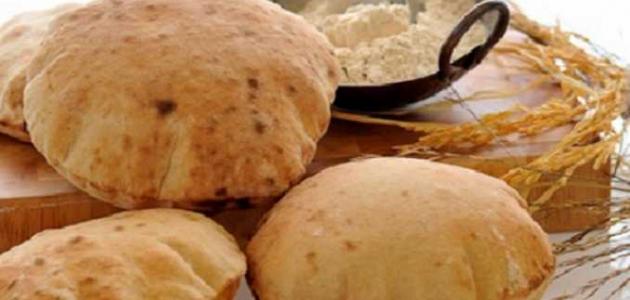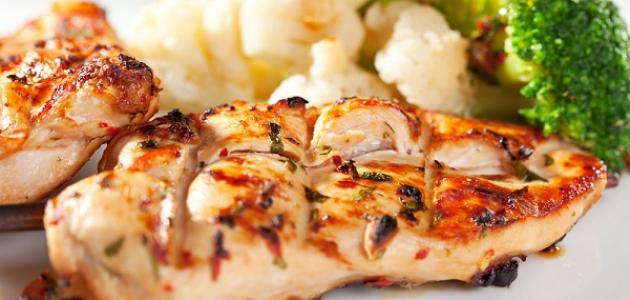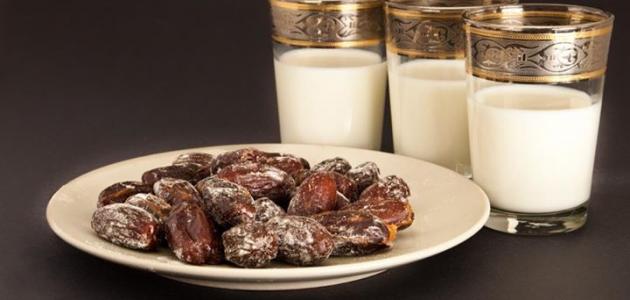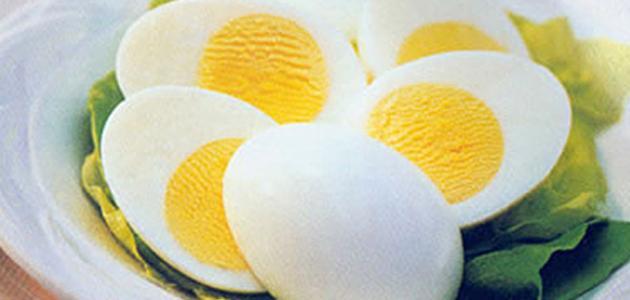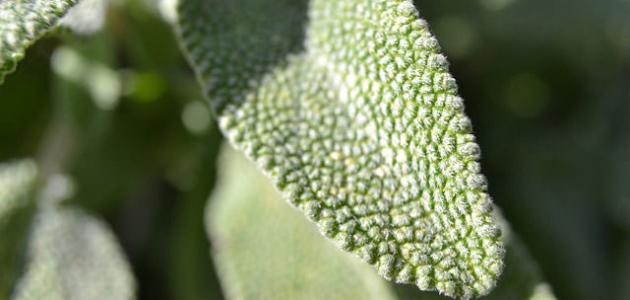the bread
Bread is the staple food in many countries, but there is no information about the original home of bread, but it has been eaten all over the world for thousands of years. As is known, bread is prepared from dough made from flour and water, and many types of bread are available, including Sourdough bread, sweet bread, and others. It is worth noting that wheat, rye, oats, millet, rice, and corn are the most common grains used in preparing bread.
Calories in local bread
Baladi bread is known by several names, such as: Arabic bread, Syrian bread, Lebanese bread, pita bread, round bread, or kumaj bread. It is a round bread consisting of two layers. The flat piece of dough separates to form these two layers during baking at high temperatures ranging from 350 to 600 degrees Celsius. It is mostly made from white wheat flour, and the thickness of the bread ranges from very thin, approximately 4 millimeters, to thick. Approximately 20 millimeters, and although Arabic bread originated in the Middle East, it has now become common in many other countries, including the United States, England, and Australia, and the production method is the reason for the spread of this bread in many countries.
Read also:Water diet benefitsIt should be noted that the calories of Arabic or local bread vary depending on its size and weight. The following is an explanation of the calorie content of Arabic bread:
- Thin, medium-sized Arabic bread, weighing 57 grams = 157 calories.
- Large, thin, enriched Arabic bread weighs 114 grams = 314 calories.
It is also worth noting that some may give the name “baladi bread” to a type similar to this bread, which is Egyptian bread. It can be said that local bread represents up to half of Egypt’s wheat flour consumption.
Number of calories in brown bread
Brown bread, or whole wheat bread, is bread made from whole wheat that consists of three edible parts: the bran, the endosperm, and the wheat germ, each of which has different nutritional benefits, as the whole wheat grain remains intact when processed, and thus all three parts are eaten. . The calories in some types of brown bread or whole wheat bread are as follows:
- Whole wheat Arabic bread, or brown bread, weighing 64 grams = 168 calories.
- Whole wheat toast: One small or thin piece weighing 22 grams contains 60.9 calories, while one medium or regular piece weighing 33 grams contains 91.4 calories.
Number of calories in bran bread
The bran is part of the whole wheat kernel, which is the outer layer that protects the endosperm and germ. It is often removed when processing the whole wheat kernel. It is rich in nutrients and fiber, has a sweet and nutty flavour, and can be used to add texture and taste to bread, muffins, or other baked goods. . The calories in bran bread are as follows:
Read also:How do I control my appetite?- Wheat bran bread weighing 28 grams = 69.4 calories.
- Oat bran bread weighing 28 grams = 83.7 calories.
- Rice bran bread weighing 28 grams = 68.9 calories.
Calories in other types of bread
One serving of bread, which is 28 grams, contains approximately 80 calories. Below are examples of food portions for some types of bread, which contain 80 calories, to facilitate knowing the calories in different types of bread:
Read also:How does the water diet work?- Half a bun of hot dog bun, or hamburger bun.
- A small piece of chapati bread, or Indian bread.
- A quarter piece of bagel.
- Half an English muffin.
- Two tacos, 12.7 centimeters in diameter.
- A piece of tortilla bread made from corn, or flour, whose diameter is equivalent to 15.24 centimeters.
- A piece of pancake, which is 10.16 centimeters in diameter.
- A piece of waffle, which is equal to 10.16 centimeters.
